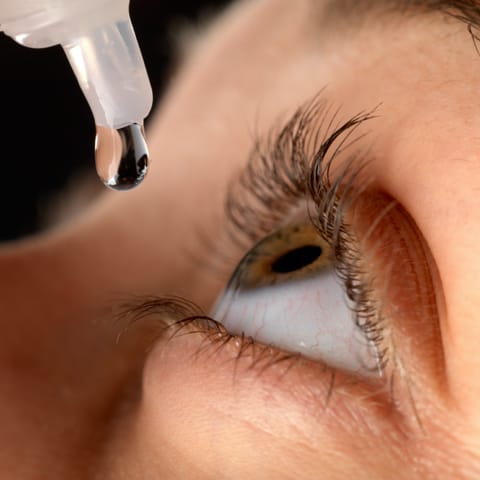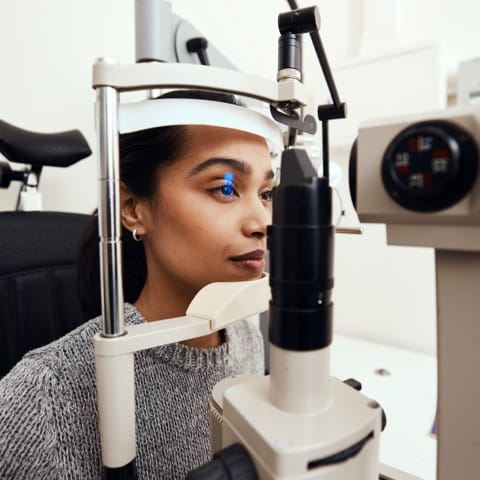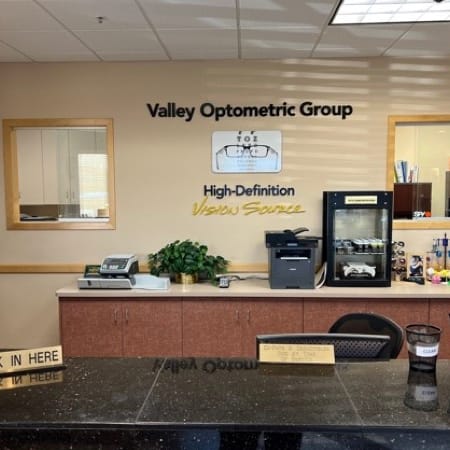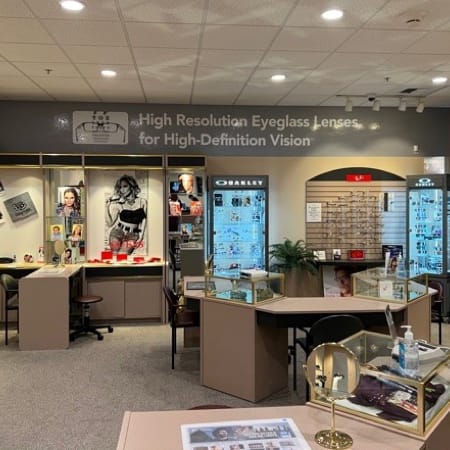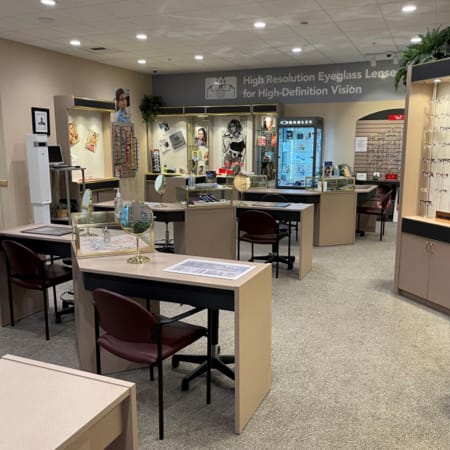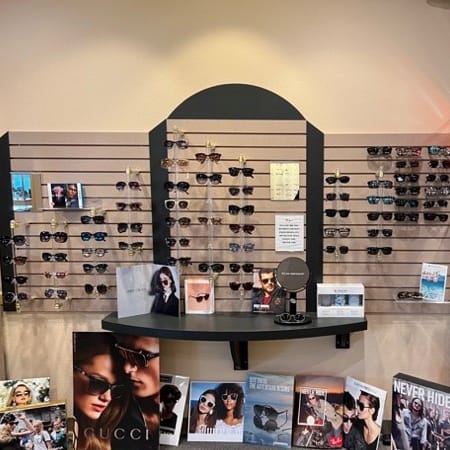Healthy Diet, Healthy Eyes
Nutrition is more than a mood boost or a way to stop hunger. Food is our fuel. The quality of our diet supports how our body operates. When we eat good food, we feel good. Our body needs nutrients, and some of those nutrients can specifically help improve our eye health. Eye nutrition keeps our eyes healthy and supports our vision.
Contact our team to learn more about your eye care needs and how you can support your health with eye nutrition. Book an appointment with Valley Optometric group today.

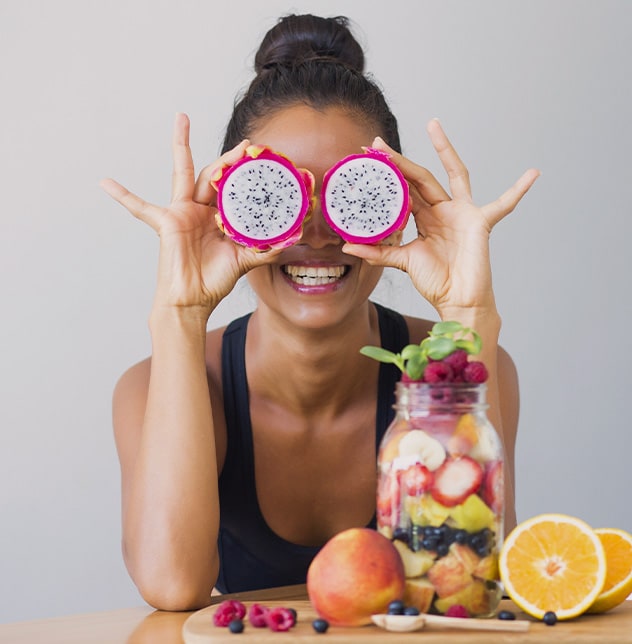
Nutrition Tips for
Eye Health
It can be challenging to fit all the best nutrition into a manageable, budget-friendly diet. There are also a lot of claims favoring trendy food over substance. Although research is constantly reassessing our food habits, there are resources available to help you navigate nutritional choices in your daily life.
You can also see a nutritionist for up-to-date information about whole-body nutrition and diet, as a healthy body supports healthy eyes. For more detailed advice about eye health, talk to our eye care team. We can offer tips on every aspect of eye care—including nutrition.
Here are some healthy foods that introduce key vitamins and nutrients into your diet:
- Leafy greens (kale, spinach, broccoli, collard greens)
- Deep orange foods (sweet potatoes, carrots, butternut squash, pumpkin)
- Juicy fruits with Vitamin C (strawberries, oranges, grapefruit, cantaloupe)
- Healthy fats (salmon, walnuts, flax, or chia seeds)

Vitamins & Nutrients to Watch For
Leafy greens, deep orange foods, juicy fruits, and healthy fats are great foods to add to your grocery cart. But what is it about those foods that support eye health? Eye nutrition can include various vitamins and nutrients, but there are some proven to protect healthy eye function and vision.
Vitamin A
Vitamin A supports retina and cornea health and is an ingredient crucial to producing certain pigments. Low vitamin A can affect tear quantity, leading to dry eye, and vitamin A deficiency can lead to night blindness.
Find Vitamin A in foods like:
- Leafy green vegetables
- Orange foods
- Eggs
- Cantaloupes
Vitamin C
Vitamin C can lower the risk of some eye conditions, including cataracts, age-related macular degeneration (AMD), and vision loss.
Find Vitamin C in foods like:
- Citrus fruits (oranges, kiwi, lemons)
- Green or red peppers
- Strawberries
- Papaya
- Rose hips
- Tomatoes
Vitamin E
Vitamin E is an antioxidant. Antioxidants neutralize harmful free radical molecules, which break down healthy tissue.
Find Vitamin E in foods like:
- Vegetable oils (safflower and corn oil)
- Nuts (almonds)
- Wheat germ
- Sweet potatoes
Lutein & Zeaxanthin
Lutein and zeaxanthin reduce the risk of chronic eye diseases, including cataracts. They also support macula health (the area of the eye that provides us with clear central vision). The nutrients are found in dark leafy greens and brightly colored foods.
Find lutein and zeaxanthin in foods like:
- Broccoli
- Corn
- Peas
- Persimmons
- Tangerines
- Kale or spinach
- Eggs
- Collard greens
Zinc
Zinc plays a partner role in eye nutrition, as it brings vitamin A from the liver to the retina. You might have a healthy source of vitamin A in your diet, but it can’t reach your eyes without zinc. Zinc deficiency has been linked to impaired vision (including poor night vision) and cataracts.
Find zinc in foods like:
- Red meat & dairy
- Oysters & shellfish
- Nuts (peanuts, cashews, pine nuts)
- Seeds (flax, hemp, or pumpkin seeds)
Unfortunately, too much zinc can lower the copper in your system, which is necessary for forming red blood cells. You can keep a healthy source of copper and zinc in your diet by consuming legumes like:
- Black-eyed peas
- Kidney beans
- Lima beans
Omega-3 Fatty Acids
Omega-3 fatty acids, found in fish oil, support visual development and retina function. It can reduce your risk of dry eye by 17% by soothing symptoms and improving tear quality. Omega-3 improves the production of the oily content in tears, preventing rapid tear film evaporation.
The most significant source of omega-3 fatty acids are found in fish, but you can find various quantities in dairy, grains, and produce. If you’re not a fish fan, ask our optometrists about supplements or try food in another category.
Find omega-3 fatty acids in foods like:
- Cold-water fish (salmon, tuna)
- Some grains & nuts (peanut butter, pumpkin seeds)
- Oils (canola oil, soybean oil, flaxseed oil)

Nourish Your Sight
Healthy vision is a combination of prevention and treatment. Eye nutrition can help protect your eyes and vision. However, it’s also crucial you schedule regular eye exams to assess your eye health. Ask our eye care team about eye nutrition and other ways to incorporate healthy sight into your lifestyle.
Book an appointment with Valley Optometric Group.

Our Location
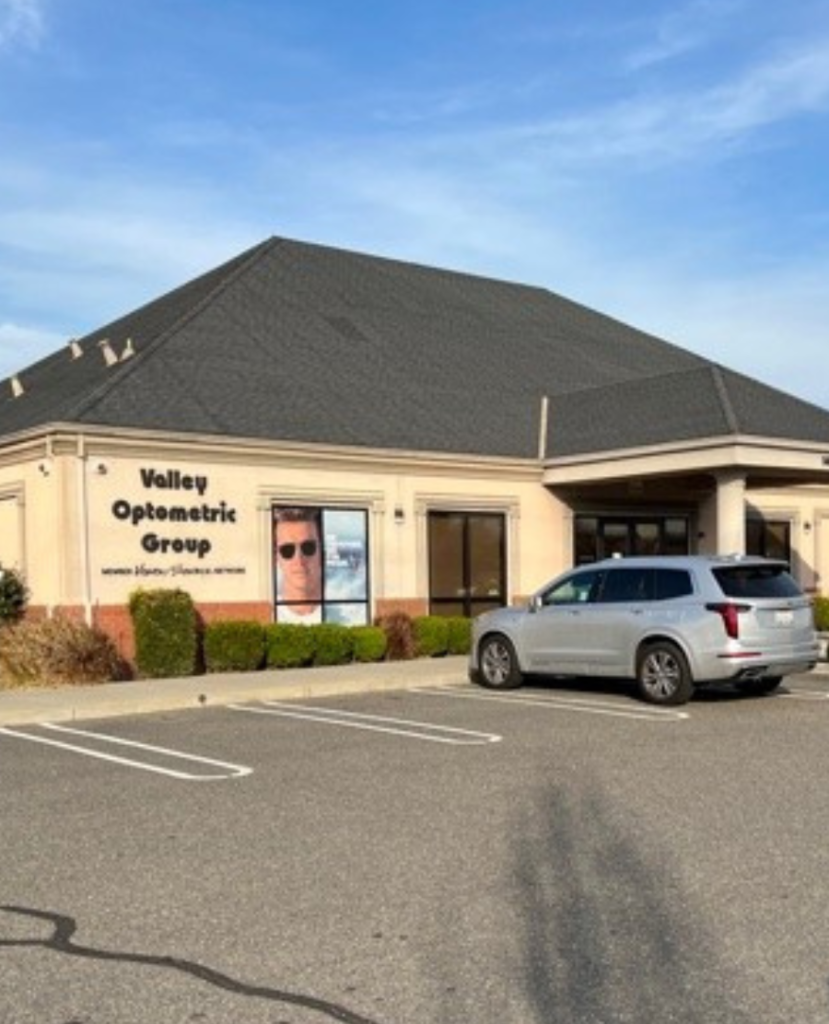
Visit us
Valley Optometric Group is located on the corner of Kingswood Drive and Sylvan Avenue, right near Beyer Community Park.
If you’re having trouble finding our practice, please give us a call!
- Phone: 209-527-6640
- Email: info@valleyoptometricgroup.com
- 1401 Sylvan Ave
- Modesto, CA 95355
Hours of Operation
- Monday: 7:30 AM – 5:00 PM
- Tuesday: 7:30 AM – 5:00 PM
- Wednesday: 7:30 AM – 5:00 PM
- Thursday: 7:30 AM – 5:00 PM
- Friday: Closed
- Saturday: Closed
- Sunday: Closed
Closed: 12:00 PM to 1:00 PM daily for lunch
Our Brands






